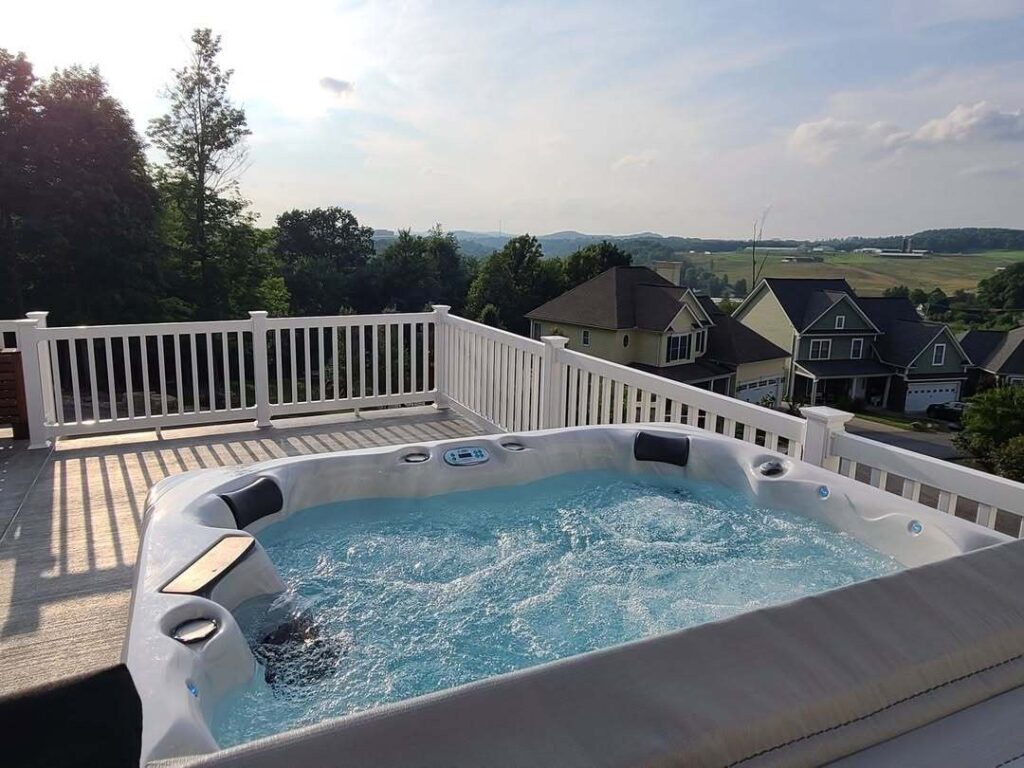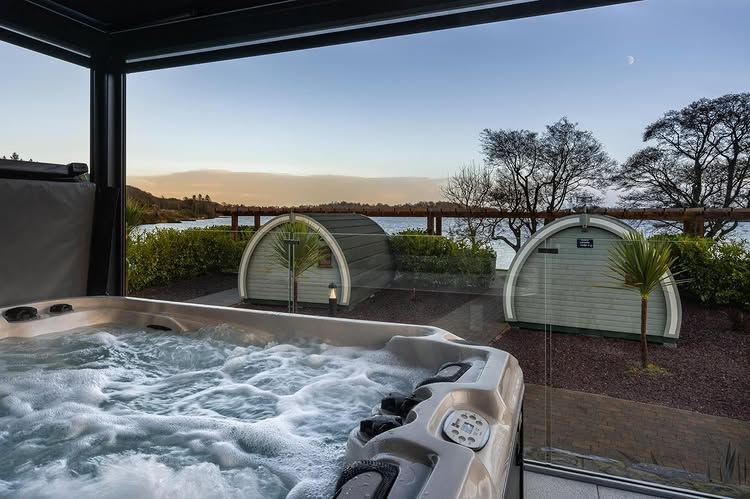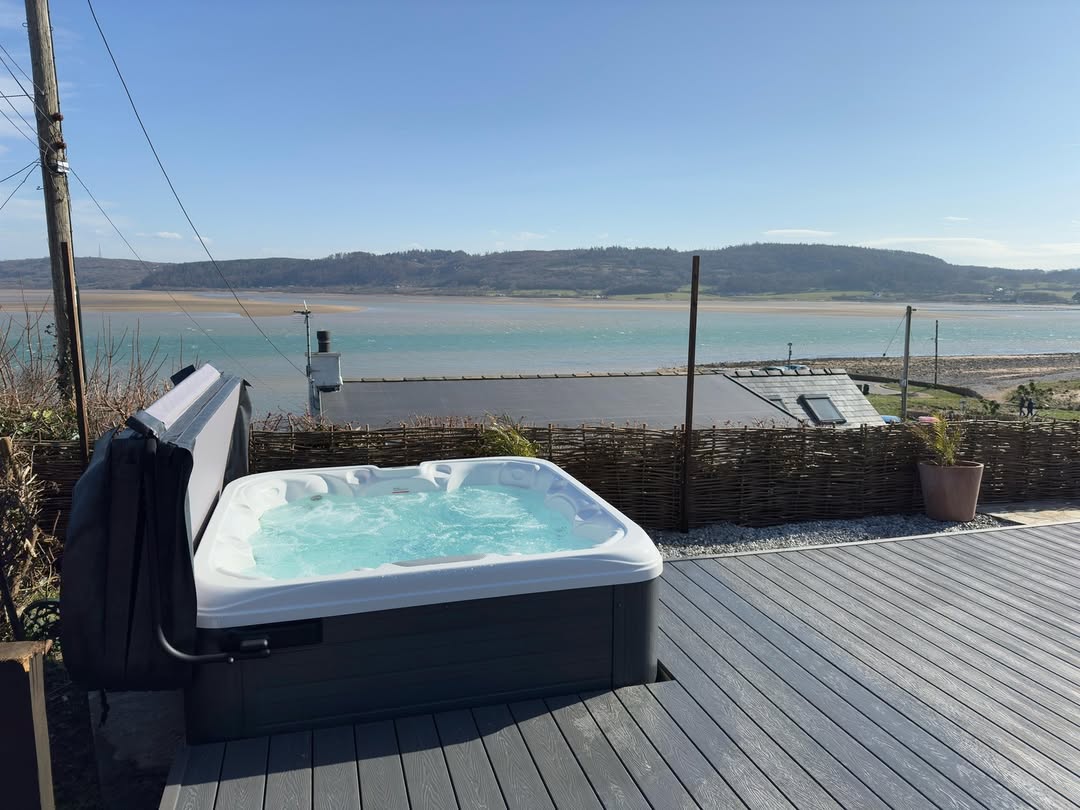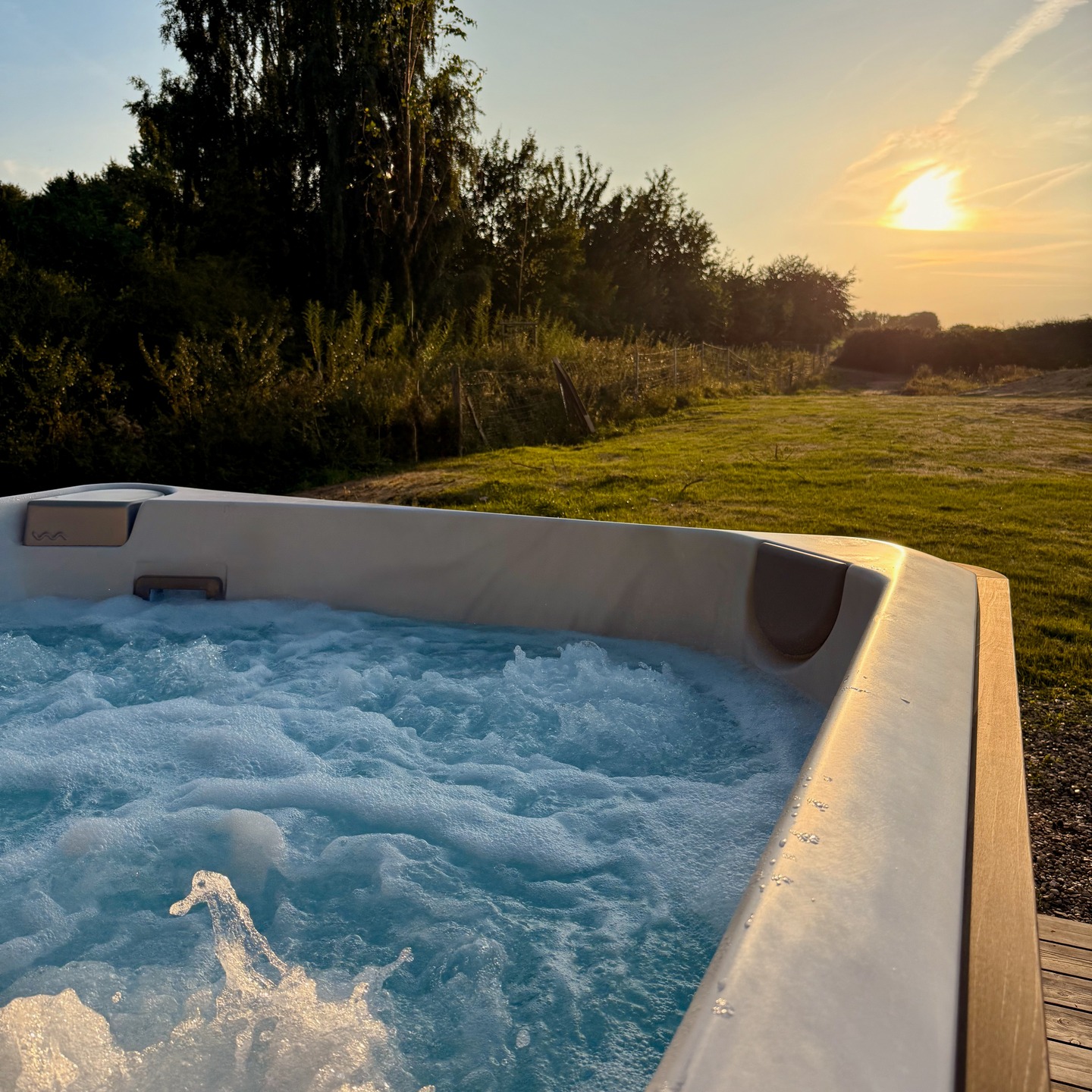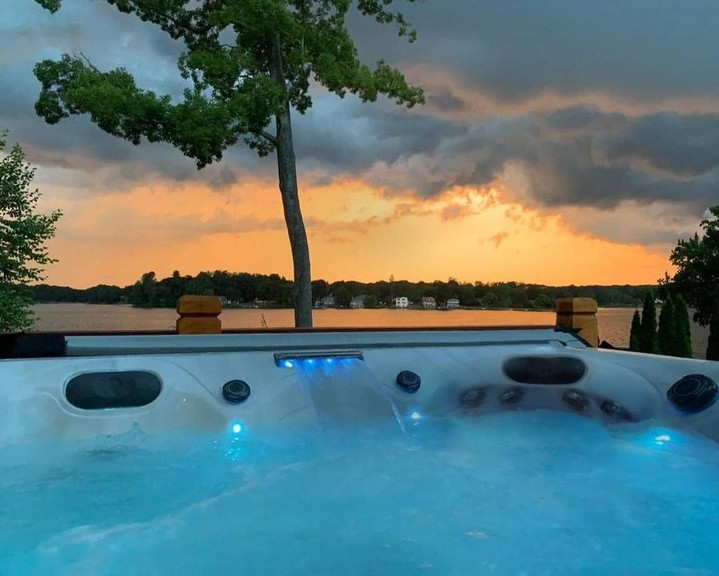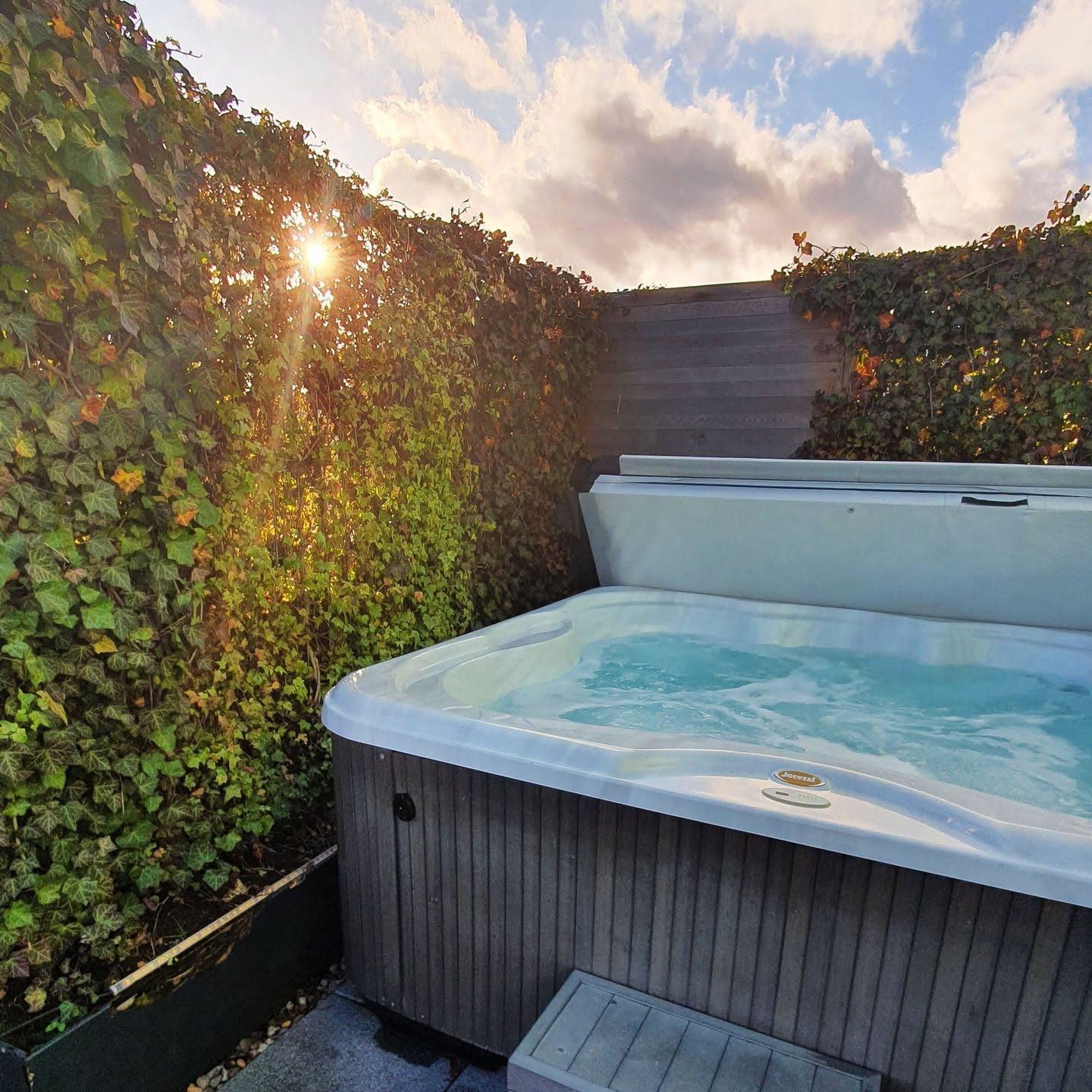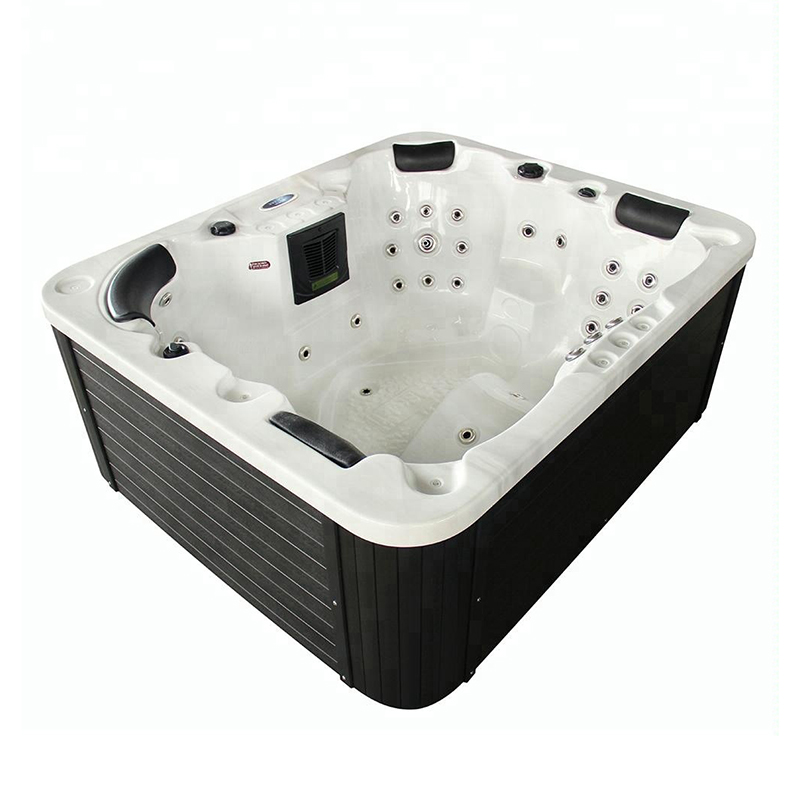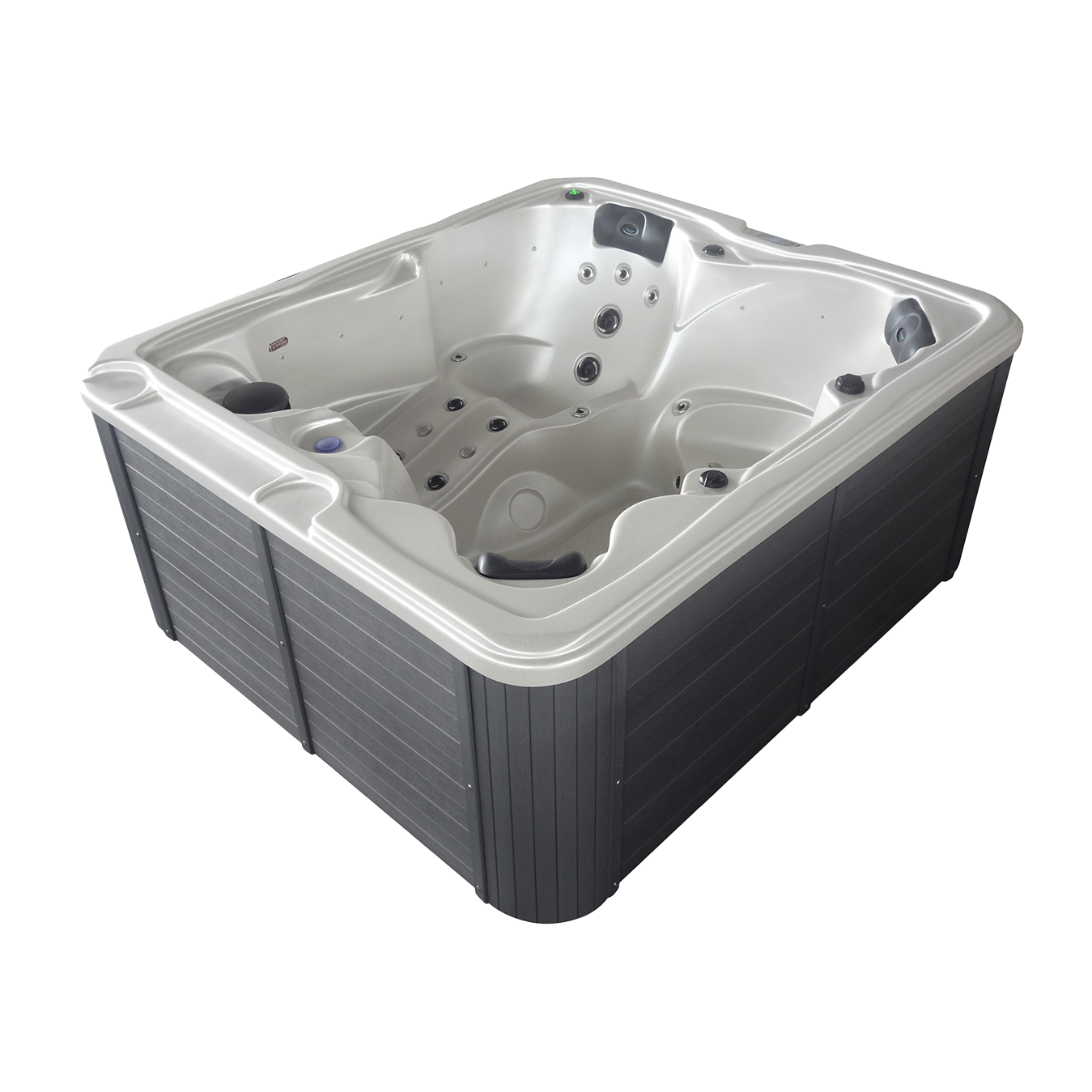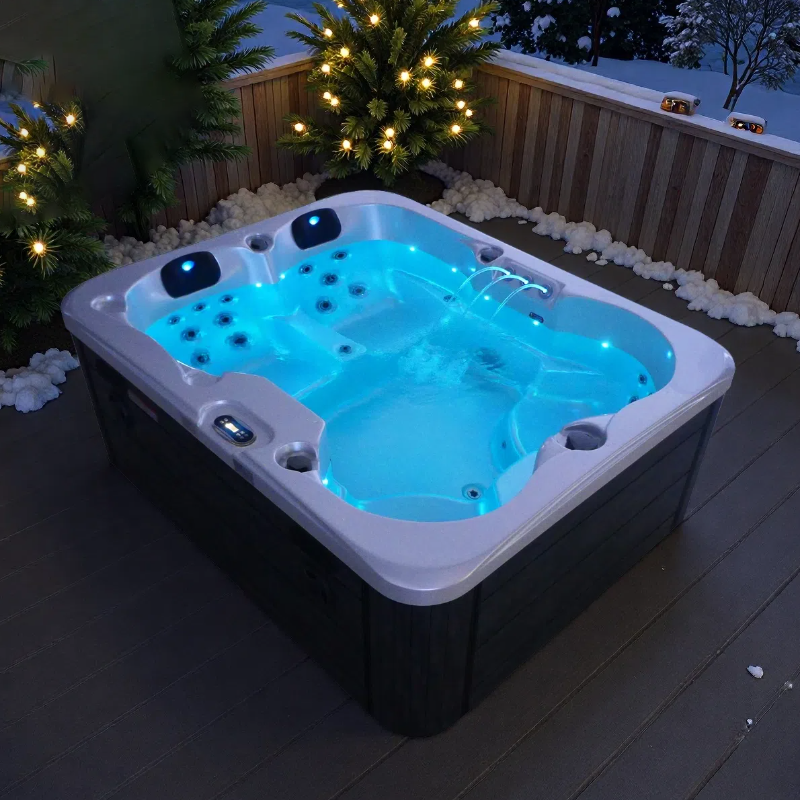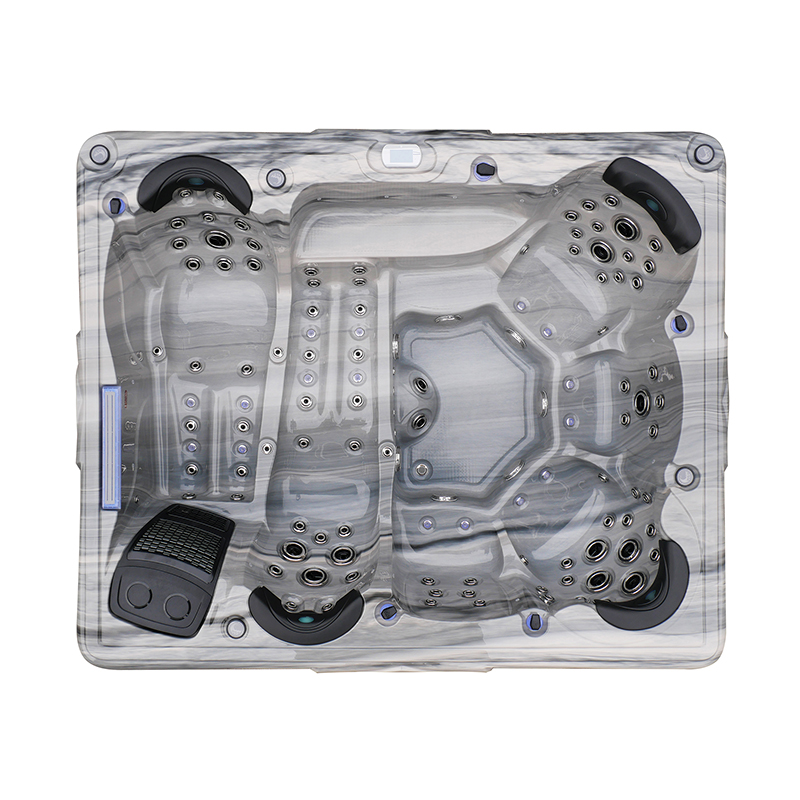The allure of luxury and self-care at home has never been more compelling. In today’s fast-moving world, finding a personal escape can feel like a necessity rather than a luxury. This is where hot tubs enter the picture—offering an enticing mix of relaxation, hydrotherapy, and social enjoyment right in your own backyard.
Still, one question looms large for many homeowners: Is investing in a Jacuzzi hot tub truly worth it in 2025?
This comprehensive guide explores that question from every angle—financial, practical, lifestyle, and health-related. We’ll dive into the many benefits of hot tub ownership, discuss the real costs and upkeep, highlight energy-efficient and eco-conscious technologies, and even look at new design and safety features that make modern spas more user-friendly than ever.
By the end, you’ll have a clear understanding of whether adding a Jacuzzi hot tub to your home aligns with your lifestyle, goals, and budget.
The Benefits of Owning a Hot Tub
Imagine coming home after a long, exhausting day, stepping into your own steamy oasis, and feeling the warmth wrap around you like a soothing blanket. The bubbling jets gently knead the tension from your muscles while your mind finally quiets down. This is the essence of hot tub ownership—and it’s why so many people consider it an investment in their quality of life.
Here are the most compelling benefits:
1. Deep Relaxation and Stress Reduction
Modern life is hectic. A Jacuzzi hot tub can serve as your personal sanctuary, melting away stress with each session. Warm water increases blood circulation while massaging jets ease muscle tightness, helping both body and mind to unwind. Even a quick 15-minute soak can reset your mood and promote a calm mental state.
2. Mental and Emotional Well-being
Hot tubs encourage consistent self-care rituals. Dedicating time to relax away from phones, emails, and obligations nurtures your emotional wellness. That “me time” can elevate your overall happiness, reduce feelings of anxiety, and strengthen resilience against daily stressors.
3. Physical and Therapeutic Benefits
Hydrotherapy—the therapeutic use of warm water and massage—has been used for centuries to relieve pain and improve physical health. Jacuzzi hot tubs offer targeted jet systems that can:
- Reduce joint and muscle pain
- Improve flexibility and mobility
- Ease headaches and tension
- Promote better, deeper sleep
For people with arthritis, chronic back pain, or sports-related soreness, regular soaks can become an essential part of their wellness routine.
Making a Smart Financial Investment
Buying a hot tub is more than just a splurge; it can be a strategic investment in your home and lifestyle. Here’s how:
1. Boosting Home Value
A stylish, high-quality hot tub can increase your property’s curb appeal and overall value. Homes with luxurious outdoor amenities tend to attract more buyers and stand out in competitive markets. If you might sell your home in the future, a hot tub can serve as a unique and appealing feature.
2. Long-Term Savings
Although the upfront cost can be significant, owning a hot tub can offset other expenses. You may reduce the need for spa visits, massage therapy, or gym memberships with hydrotherapy pools. Over time, these savings add up, making your hot tub an investment in your health and leisure.
3. Budget Planning and Financing
When considering a hot tub purchase, establish a clear budget. Research the price range for various models, installation costs, and available financing plans (many retailers offer low-interest or zero-interest payment options). Remember to account for long-term operating costs such as energy, water, cleaning chemicals, and occasional repairs.
4. Measuring Return on Enjoyment
ROI isn’t just financial—it’s emotional and experiential. The daily comfort, relaxation, and family bonding time a hot tub offers can far outweigh its monetary cost. Think of it as building your personal retreat right at home.
Energy Efficiency and Sustainability
With energy prices on the rise and environmental concerns top of mind, modern Jacuzzi hot tubs are now designed to be far more efficient and eco-friendly than older models. This means you can enjoy all the perks without feeling guilty about energy waste.
1. Lower Utility Costs
Contemporary spas are engineered with advanced insulation and energy-saving technology. These features trap heat inside the tub, reducing how often the heater runs, which in turn lowers monthly utility bills.
2. Sustainable Components
Many manufacturers now use recycled or eco-friendly materials during production. Components are designed for longevity and easy replacement, reducing waste over time. This sustainability focus ensures your spa has a smaller environmental footprint.
3. Smart Energy Management
Some Jacuzzi hot tubs now come with smart energy systems, allowing you to program when the tub heats, filter cycles, and even control it remotely via smartphone. This lets you reduce power use during off-peak hours or while you’re away.
Maintenance Requirements
A hot tub is like a car: it performs best when regularly maintained. Taking proper care ensures safe, clean water and extends your spa’s lifespan.
Here are the key maintenance tasks:
1. Water Quality Management
- Test the water weekly: using test strips or digital kits to monitor pH, alkalinity, and sanitizer levels.
- Shock the water: periodically to kill bacteria and keep it crystal clear.
- Rinse and deep-clean filters: regularly—weekly rinses and monthly cleanings are ideal.
2. Cleaning the Surfaces
- Wipe down the shell: with a mild, non-abrasive cleaner when draining water.
- Clean and condition the cover: using a vinyl protectant to prevent UV damage.
- Remove debris: promptly to keep the system clog-free.
3. Routine Inspections
- Drain and refill the water: every 3–4 months (more often if heavily used).
- Inspect jets, pumps, and heaters: to spot early signs of wear or leaks.
- Schedule professional servicing: once a year for peace of mind.
With consistent care, your hot tub will remain a safe and inviting space for relaxation.
Customization and Design Options
Today’s Jacuzzi hot tubs are more customizable than ever, enabling you to tailor them to your lifestyle, aesthetic tastes, and physical needs.
1. Size and Seating Configurations
Choose from cozy two-person models for intimate relaxation or larger eight-person spas for social gatherings. Ergonomically designed seats and loungers can support your body perfectly, making long soaks even more comfortable.
2. Hydrotherapy Jet Layouts
Many brands offer interchangeable jet systems that let you select different massage patterns—perfect if you want to target specific muscles or vary the experience from session to session.
3. Lighting, Sound, and Ambience
Modern spas can include programmable LED lights, Bluetooth sound systems, waterfall features, and even aromatherapy dispensers. These upgrades transform a simple soak into a multi-sensory experience.
4. Aesthetic Integration
From sleek contemporary designs to rustic wood surrounds, hot tubs can be seamlessly integrated into patios, decks, or garden landscaping. This allows your spa to complement your home’s style instead of clashing with it.
Safety and Family Considerations
Safety is just as important as comfort—especially if you have children, elderly relatives, or guests using your spa.
1. Temperature Controls
Most modern Jacuzzi models include digital temperature regulation systems and automatic shut-off mechanisms to prevent overheating, ensuring safe water temperatures at all times.
2. Safety Covers and Locks
High-quality locking covers not only keep out debris but also prevent unsupervised access by children or pets. Consider models with sturdy safety steps and railings for easier entry and exit.
3. Water Sanitation Systems
Many spas now feature built-in ozone or UV-C sanitizing systems that continuously kill bacteria and keep the water cleaner with less chemical use, making the hot tub safer for sensitive skin.
4. Family-Friendly Features
For households with kids, opt for models with shallower seats, non-slip surfaces, and adjustable jets. This ensures everyone can enjoy the spa safely and comfortably.
Are Jacuzzi Hot Tubs Worth It?
After considering all the angles—relaxation, health benefits, energy efficiency, property value, customization, and safety—the answer for many homeowners is yes. A Jacuzzi hot tub can be a worthwhile long-term investment that enriches your everyday life in countless ways.
It’s not just about luxury; it’s about wellness, connection, and carving out space to slow down and recharge in a world that rarely pauses.
If you crave an at-home retreat where you can soothe your muscles, clear your mind, and reconnect with loved ones, a Jacuzzi hot tub could be the perfect addition to your home in 2024 and beyond.
Questions fréquemment posées
Q1: How long do Jacuzzi hot tubs usually last?
High-quality Jacuzzi hot tubs can last 10 to 20 years or more with proper care. Regular cleaning, filter maintenance, and annual professional servicing can extend their lifespan significantly.
Q2: How much does it cost to run a Jacuzzi hot tub each month?
Operating costs typically range from $20 to $50 per month, depending on your local energy rates, usage habits, insulation quality, and climate. Choosing an energy-efficient model can help keep costs at the lower end of that range.
Q3: Can I use a hot tub all year round?
Absolutely. Modern hot tubs are designed for year-round use, even in colder climates. With proper insulation and covers, you can enjoy warm, therapeutic soaks in the middle of winter without issue.
Final Thoughts
Owning a Jacuzzi hot tub is about more than buying a piece of backyard equipment—it’s about investing in your well-being, happiness, and home environment. From relieving stress and easing pain to enhancing property value and creating memorable moments with family, the benefits are extensive and long-lasting.
If you’ve been dreaming of a private sanctuary steps from your back door, 2024 may be the perfect year to take the plunge. With careful planning, smart budgeting, and consistent maintenance, your Jacuzzi hot tub can provide a lifetime of comfort and relaxation.

